
The Holy Father has announced that 2025 will be a Jubilee Year, which occurs every 25 years. The theme of this Jubilee 2025 is "Pilgrims of Hope," as it will be a year of hope for the entire world, suffering from the scourge of war, the lingering effects of the COVID-19 pandemic, and the climate change crisis.
What is a jubilee?
'Jubilee' is the name of a particular year: it seems to derive from the instrument used to mark its beginning; it is the yobel, the ram's horn, whose sound announces the Day of Atonement (Yom Kippur). This festival is celebrated every year, but takes on a particular significance when it coincides with the beginning of the jubilee year. In this regard, we find an initial idea in the Bible: it was to be celebrated every 50 years, because it was the 'extra' year, to be lived every seven weeks of years (cf. Lev 25:8-13). Although difficult to carry out, it was proposed as an occasion to reestablish a right relationship with God, with people, and with creation, and it entailed the forgiveness of debts, the restitution of alienated lands, and the resting place of the earth.
Quoting the prophet Isaiah, the Gospel according to Saint Luke describes Jesus' mission in this same way: "The Spirit of the Lord is upon me, because he has anointed me. He has sent me to preach the gospel to the poor, to proclaim liberty to the captives and recovery of sight to the blind, to set at liberty those who are oppressed, to proclaim the year of the Lord's favor" (Lk 4:18-19; cf. Is 61:1-2). These words of Jesus also became actions of liberation and conversion in his daily encounters and relationships.
In 1300, Boniface VIII declared the first Jubilee, also called the "Holy Year" because it is a time in which we experience the transformation of God's holiness. Over time, the frequency has changed: initially, it was every 100 years; in 1343, it was reduced to 50 years by Clement VI, and in 1470, to 25 years by Paul II. There are also "extraordinary" moments: for example, in 1933, Pius XI wished to commemorate the anniversary of the Redemption, and in 2015, Pope Francis declared the Year of Mercy. The way this year is celebrated has also been different: originally, it coincided with the visit to the Roman Basilicas of St. Peter and St. Paul, and therefore, along with the pilgrimage, other signs were later added, such as that of the Holy Door. Participating in the Holy Year grants one a plenary indulgence.
Jubilees throughout history
Among the ancient Jews, the jubilee (called the year of the yōbēl, "of the goat" because the festival was announced with the sound of a goat's horn) was a year declared holy. During this period, Mosaic law prescribed that the land, of which God was the sole owner, should return to its former owner and slaves should regain their freedom. This usually occurred every 50 years.
In the Christian era, following the first Jubilee in 1300, Boniface VIII established the period for celebrating Jubilees every 100 years. Following a petition by Roman faithful to Pope Clement VI (1342), the period was reduced to 50 years.
In 1389, in memory of the number of years in Christ's life, it was Urban VI who wanted to set the jubilee cycle every 33 years, and called a Jubilee in 1390, which, however, was celebrated by Boniface IX after his death.
However, in 1400, at the end of the previously fixed fifty-year period, Boniface IX granted pardon to the pilgrims who had come to Rome.
Martin V celebrated a new Jubilee in 1425, having the Holy Door opened for the first time in St. John Lateran.
The last to celebrate a 50-year Jubilee was Pope Nicholas V in 1450, after Paul II reduced the interjubilee period to 25 years. A new Holy Year was celebrated in 1475 by Sixtus IV. From then on, ordinary jubilees were celebrated at regular intervals. Unfortunately, the Napoleonic Wars prevented the celebration of the jubilees of 1800 and 1850. They resumed in 1875, following Rome's annexation to the Kingdom of Italy, which was celebrated without the traditional solemnity.
Letter from His Holiness Pope Francis
LETTER OF THE HOLY FATHER FRANCIS
TO HE MONS. RINO FISICHELLA FOR THE JUBILEE 2025
To the dear brother
Monsignor Rino Fisichella
President of the Pontifical Council
for the Promotion of the New Evangelization
The Jubilee has always been an event of great spiritual, ecclesial, and social significance in the life of the Church. Since Boniface VIII instituted the first Holy Year in 1300—periodicated every one hundred years, which later became, according to the biblical model, fifty years, and later fixed at twenty-five—the faithful people of God have experienced this celebration as a special gift of grace, characterized by the forgiveness of sins and, in particular, by indulgence, the full expression of God's mercy. The faithful, generally at the end of a long pilgrimage, enter the spiritual treasure of the Church by passing through the Holy Door and venerating the relics of the Apostles Peter and Paul preserved in the Roman basilicas. Millions upon millions of pilgrims have come to these holy places over the centuries, bearing living witness to their enduring faith.
The Great Jubilee of the Year 2000 ushered the Church into the third millennium of her history. Saint John Paul II had so longed for and hoped for it, hoping that all Christians, overcoming their historical divisions, could celebrate together the two thousandth anniversary of the birth of Jesus Christ, Savior of humanity. Now that we are approaching the first twenty-five years of the twenty-first century, we are called to set in motion a preparation that will enable the Christian people to live the Holy Year in all its pastoral significance. In this sense, an important stage has been the Extraordinary Jubilee of Mercy, which has allowed us to rediscover all the power and tenderness of the Father's merciful love, so that we in turn may be his witnesses.
However, in the last two years, every country has been unaffected by the unexpected epidemic, which, in addition to making us realize the tragedy of dying alone, the uncertainty and fleeting nature of existence, has also changed our way of life. As Christians, we have experienced the same suffering and limitations with our brothers and sisters. Our churches have been closed, as have schools, factories, offices, shops, and recreational spaces. We have all seen some freedoms restricted, and the pandemic, in addition to pain, has at times awakened doubt, fear, and confusion in our souls. Scientists have quickly found a first remedy that gradually allows us to return to everyday life. We fully trust that the epidemic can be overcome and the world can recover its rhythms of personal relationships and social life. This will be easier to achieve to the extent that we act in solidarity, so that the most disadvantaged populations are not neglected, but that we can share with everyone the discoveries of science and the necessary medicines.
We must keep alive the flame of hope that has been given to us, and do everything possible to ensure that each of us regains the strength and certainty to look to the future with an open mind, a trusting heart, and broad vision. The upcoming Jubilee can greatly help restore a climate of hope and confidence, as a sign of a new rebirth that we all perceive as urgent. For this reason, I chose the motto Pilgrims of Hope. All this will be possible if we are able to recover a sense of universal brotherhood, if we do not close our eyes to the tragedy of rampant poverty that prevents millions of men, women, young people, and children from living a dignified life. I am thinking especially of the many refugees forced to leave their lands. May the voices of the poor be heard in this time of preparation for the Jubilee, which, according to the biblical mandate, restores to each person access to the fruits of the earth: "You may eat whatever the land produces during its sabbath season—you, your male and female slaves, your hired servant, and any guest residing with you. The livestock and animals that are in the land may eat all its produce" (Lev 25:6-7).
Therefore, the spiritual dimension of the Jubilee, which invites us to conversion, must be united with these fundamental aspects of social life to form a coherent whole. Feeling that we are all pilgrims on the earth where the Lord has placed us to cultivate and care for it (cf. Gen 2:15), let us not neglect, along the way, the contemplation of the beauty of creation and the care of our common home. I hope that the coming Jubilee Year will also be celebrated and lived with this intention. Indeed, an ever-increasing number of people, including many young people and adolescents, recognize that caring for creation is an essential expression of faith in God and obedience to his will.
I entrust to you, dear brother, the responsibility of finding appropriate ways for the Holy Year to be prepared for and celebrated with intense faith, living hope, and active charity. The Dicastery that promotes the new evangelization will know how to make this moment of grace a significant stage for the pastoral care of the particular Churches, both Latin and Eastern, which in these years are called to intensify their synodal commitment. In this perspective, the pilgrimage toward the Jubilee can strengthen and manifest the common journey that the Church is called to follow in order to be ever more clearly a sign and instrument of unity in the harmony of diversity. It will be important to help rediscover the demands of the universal call to responsible participation, with the valorization of the charisms and ministries that the Holy Spirit never ceases to grant for the building up of the one Church. The four Constitutions of the Second Vatican Council, together with the Magisterium of these decades, will continue to guide and direct the holy people of God, so that they may progress in the mission of bringing the joyful proclamation of the Gospel to all.
According to custom, the Bull of Indiction, which will be published in due course, will contain the necessary instructions for the celebration of the Jubilee of 2025. In this time of preparation, I rejoice in the thought that the year 2024, which precedes the Jubilee, can be dedicated to a great "symphony" of prayer; above all, to recover the desire to be in the presence of the Lord, to listen to him and adore him. Prayer, to thank God for the many gifts of his love for us and to praise his work in creation, which commits us to respect it and to act concretely and responsibly to safeguard it. Prayer as the voice "of one heart and one soul" (cf. Acts 4:32), which translates into solidarity and the sharing of daily bread. Prayer that allows every man and woman in this world to turn to the one God, to express to him what is in the secret of their hearts. Prayer as the master path to holiness, which leads us to live contemplation in action. In short, an intense year of prayer, in which hearts can open to receive the abundance of grace, making the "Our Father," the prayer Jesus taught us, the life program for each of his disciples.
I ask the Virgin Mary to accompany the Church on the path of preparation for the event of grace of the Jubilee, and with gratitude I cordially send you and your collaborators my Blessing.
Rome, Basilica of St. John Lateran, February 11, 2022, Memorial of the Blessed Virgin Mary of Lourdes.
FRANCISCO
Copyright © Dicastero per la Comunicazione - Libreria Editrice Vaticana
Year of Prayer
After a time dedicated to reflecting on the documents of the Second Vatican Council and studying the fruits that emerged from it, Pope Francis has asked that 2024 be designated as the "Year of Prayer," in order to renew the desire to remain in the presence of the Lord, to listen to him, and to worship him. For more details and to benefit from resources and initiatives (in English and Spanish) to help you reflect on and practice your life of prayer, visit:
Jubilee Logo
 The logo represents four stylized figures that represent humanity, coming from the four corners of the earth. Embracing each other, they represent the solidarity and brotherhood that unites peoples. The first figure clings to the cross. This is the sign not only of the faith that embraces, but also of the hope that can never be abandoned, because we always need it, especially in times of greatest need. It is helpful to observe the waves that surround it and are in motion, because they show that life's pilgrimage does not always pass through calm waters. Often, personal experiences and world events demand the call to hope with greater intensity. This is why the lower part of the cross, which lengthens, transforming into an anchor and rising above the movement of the waves, should be emphasized. We know well that the anchor has been used as a metaphor for hope. In fact, the anchor of hope is the name given in nautical slang to the reserve anchor used by vessels to perform emergency maneuvers to stabilize the boat during storms. Let us not forget that the image shows how the pilgrim's journey is not an individual one, but a communal one, imprinted with a growing dynamism that increasingly tends toward the cross. The cross is not static, but dynamic, and it curves toward humanity, reaching out to meet it and not leaving it alone, offering the certainty of presence and the security of hope. Finally, the motto of the 2025 Jubilee is highlighted in green: Peregrinantes in Spem.
The logo represents four stylized figures that represent humanity, coming from the four corners of the earth. Embracing each other, they represent the solidarity and brotherhood that unites peoples. The first figure clings to the cross. This is the sign not only of the faith that embraces, but also of the hope that can never be abandoned, because we always need it, especially in times of greatest need. It is helpful to observe the waves that surround it and are in motion, because they show that life's pilgrimage does not always pass through calm waters. Often, personal experiences and world events demand the call to hope with greater intensity. This is why the lower part of the cross, which lengthens, transforming into an anchor and rising above the movement of the waves, should be emphasized. We know well that the anchor has been used as a metaphor for hope. In fact, the anchor of hope is the name given in nautical slang to the reserve anchor used by vessels to perform emergency maneuvers to stabilize the boat during storms. Let us not forget that the image shows how the pilgrim's journey is not an individual one, but a communal one, imprinted with a growing dynamism that increasingly tends toward the cross. The cross is not static, but dynamic, and it curves toward humanity, reaching out to meet it and not leaving it alone, offering the certainty of presence and the security of hope. Finally, the motto of the 2025 Jubilee is highlighted in green: Peregrinantes in Spem.


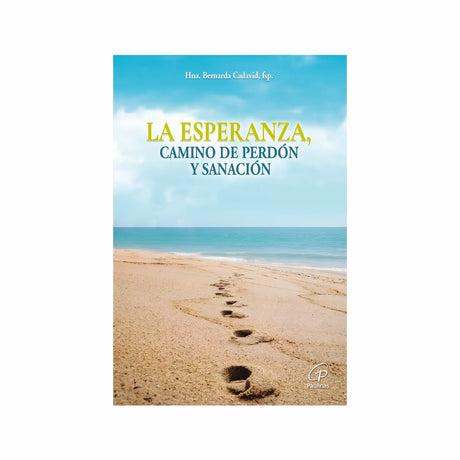
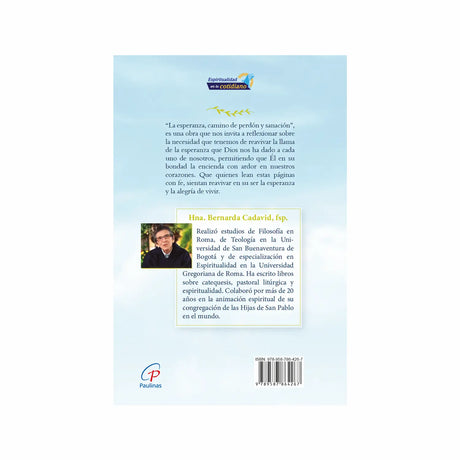







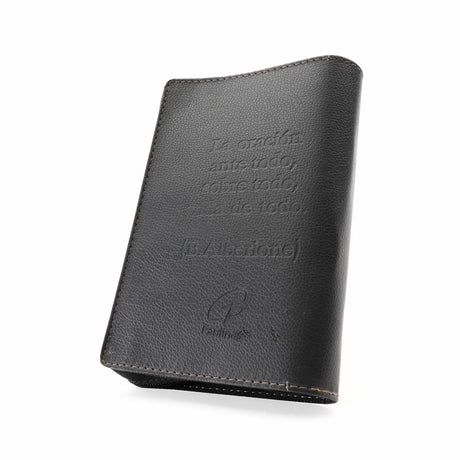
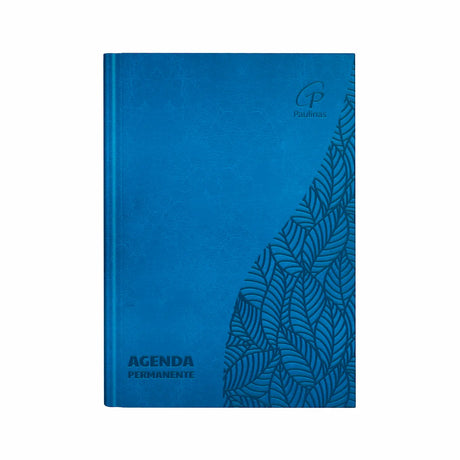
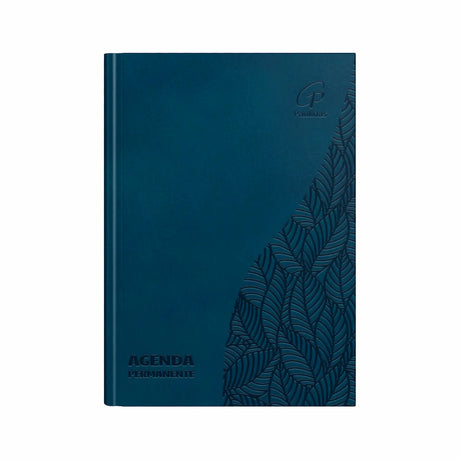
2 comments
En " BUENA HORA" La convocatoría a vivir la ESPERANZA, gracias Papa Francisco, por atender alnSanto Espiriru de Dios … Bendiciones …
Muchas gracias por compartir, por evangelizar por este medio. Mis oraciones por ustedes.